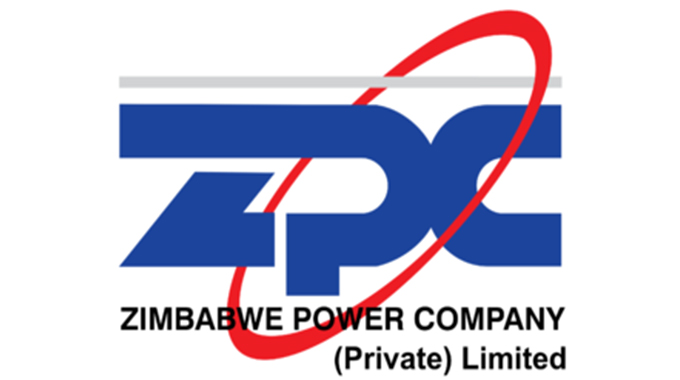
Electricity shortage which precipitated long periods of load shedding since May is expected to ease from today as corrective measures taken by the Government begin to take hold.
The Zimbabwe Power Company (ZPC) is producing only 944 megawatts (MW) of electricity versus the national demand of 1 700MW. Under normal circumstances, the difference would be met by an imported feed but the challenge is that the power utility is indebted to the tune of US$62 million to South Africa’s Eskom and Mozambique’s HCB and struggling to liquidate the debt. As a result, both regional power producers drastically reduced their exports to the country, hence the acute power shortage locally.
We acknowledge the efforts that are being made by the Government to assist Zesa to pay its debts to Eskom and HCB. It has paid about US$11 million to Eskom — US$10 million early last month and US$890 000 last week. This will assist in convincing Eskom to ramp up exports to Zimbabwe, Finance and Economic Development Permanent Secretary, Mr George Guvamatanga said on Monday.
A payment plan has been agreed between Zesa and Eskom to ensure that the country simultaneously pays US$890 000 to clear its debt of US$27 million and what it consumes. The expectation is, if Zesa keeps its payment obligations, the debt would be liquidated with energy supplies remaining stable.
Immediately after a deal is struck between the two, Zesa would switch its attention to HCB. We aren’t sure how their negotiations would go but it looks obvious that Zesa would approach them with a part payment, just as they did to Eskom. Thereafter, they would discuss ways for the debt of US$35 million to be cleared and for the feed to be restored and boosted.
A lot of work is involved but we have no doubt that Zesa and its counterparts would agree on a model that would ensure that it clears its debt and commit to paying more regularly for the electricity it will consume.
However, for Zesa to be able to pay for imported electricity and to be able to boost its generation, transmission and distribution capacity its customers must also meet their obligations to the utility. Reports indicate that Zesa is owed $1,2 billion, which is about US$126 million at the interbank exchange rate. This is a huge sum of money that, if paid in full, can enable Zesa to not only pay its debts and remain with some change. Although it is not much when it comes to building new generation capacity, an undertaking which requires billions, it can assist in establishing smaller facilities.
Energy and Power Development minister Fortune Chasi said recently: “We are in a dire situation as a country and as I keep saying, it has graduated from being a challenge to being a huge problem. The way forward is for all of us to share the pain and play an active role in alleviating this problem we all face collectively. Gone are the days where government used to provide all solutions; we now call for citizens and corporates to take an active participation in all issues to do with the economy. We have all been irresponsible in our role as electricity consumers and as such, we have lost the moral high ground to criticise Zesa or my ministry for the load-shedding we are currently experiencing. Zimbabwean citizens and corporates owe Zesa an enormous figure of ZWL$1.2 billion. The mining industry specifically owes ZWL$71 905 982, which translates to 6,7% of the total debt.”
Consumers must heed Minister Chasi’s call by paying what they owe Zesa. A debt-free life is always liberating. It is thus good for consumers to liberate themselves by paying up. Their doing so is good for Zesa too. It is good for the economy. There is obviously a need for Zesa to strengthen its debt collection strategy. This will involve disconnecting supplies to defaulting customers to press for payment. If that fails the utility has an option to seek enforcement by the courts.
The new tariff that was announced by Finance and Economic Development Minister, Professor Mthuli Ncube last week is at a level that must delight Zesa, having struggled under a sub-economic tariff for some time. In terms of the approved rates, the electricity tariff for non-exporting businesses will be increased from an average of ZWL9,86c/kWh to an average of 45c/kWh (approximately USc5/kWh). The electricity tariff for domestic consumers will be increased from an average of 9,86c/kWh to an average of 27c/kWh (approximately USc3/kWh). The latter will be subsidised, the minister said.
The electricity tariff for agriculture consumers will be increased from an average of 9,86c/kWh to an average of 27c/kWh (approximately USc3/kWh), which is also subsidised.
The tariff for ferrochrome smelters and other miners has been maintained at US$0,067/kWh and US$0,0986/kWh, respectively, and ensure that the resources are ring-fenced in a special account solely for purposes of importing electricity and Zesa be allowed to bill all other exporters and foreign-currency earners in foreign currency and ensure that the resources are ring-fenced in a special account solely for purposes of importing electricity.
The higher charge as well as the need for some clients to pay in US$ should boost Zesa’s viability, with that its capacity to clear its debts, make electricity always available and ability to invest in new generation, transmission and distribution capacity.
